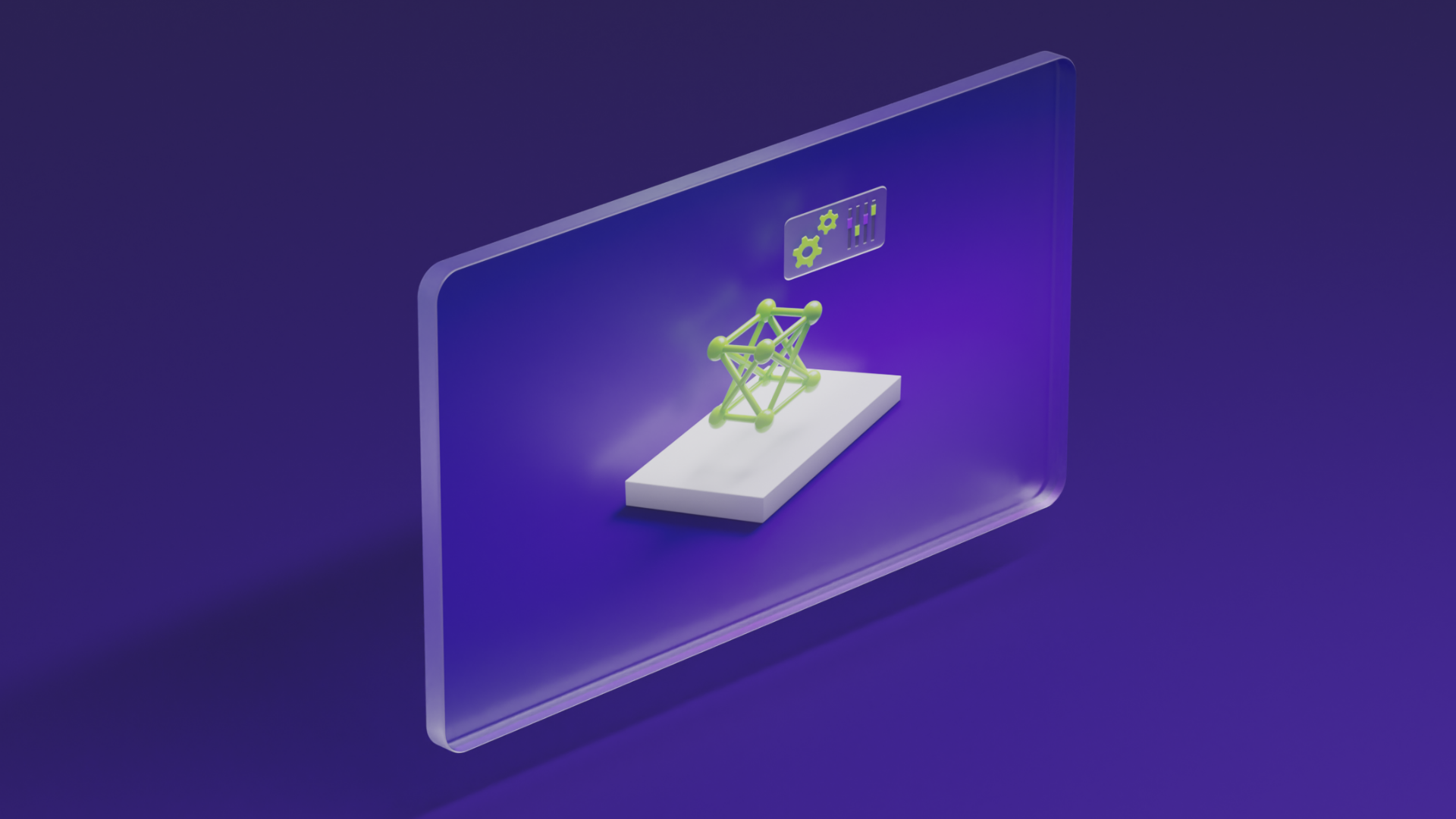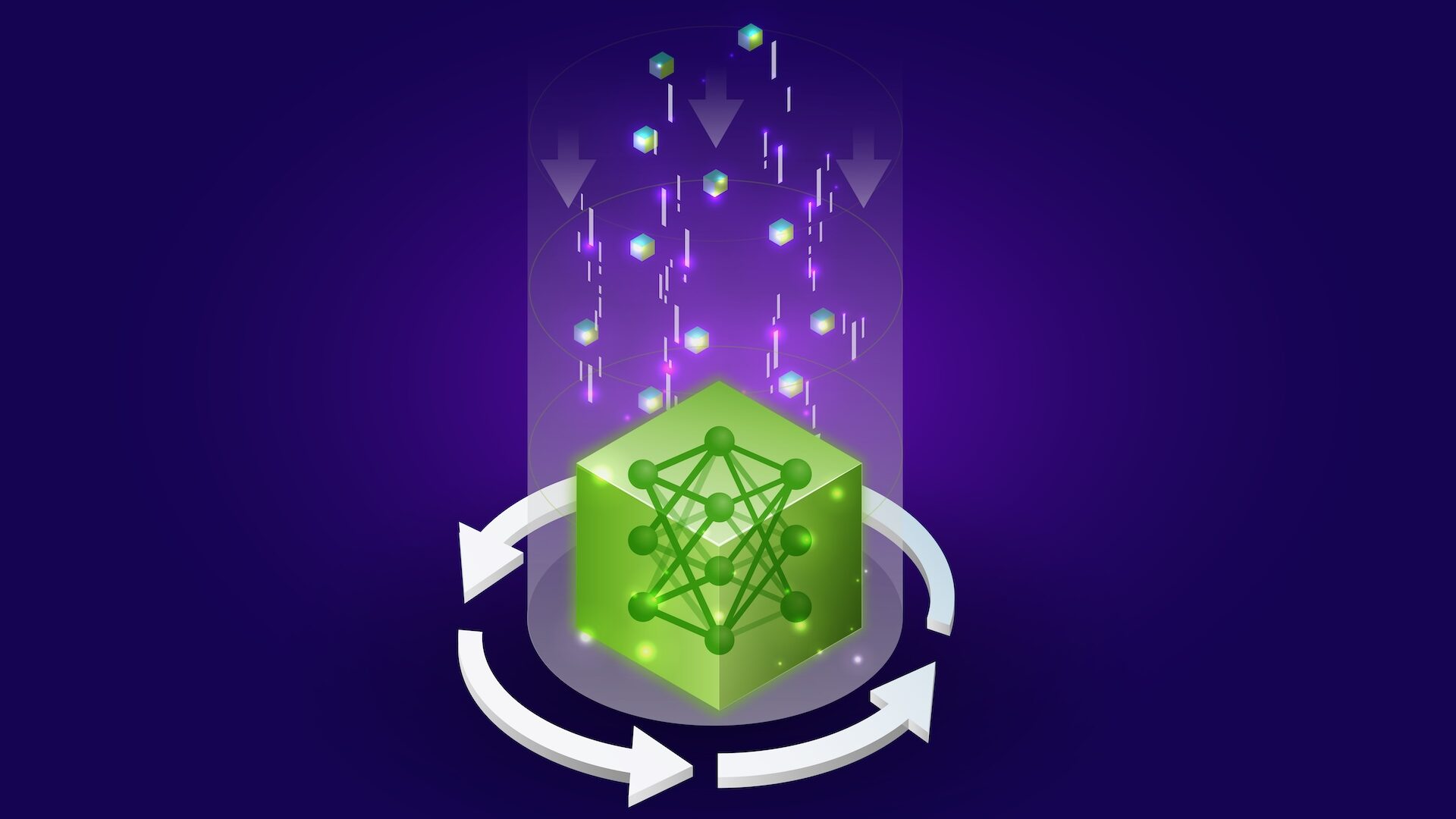
How Small Language Models Are Key to Scalable Agentic AI
Sources: https://developer.nvidia.com/blog/how-small-language-models-are-key-to-scalable-agentic-ai, https://developer.nvidia.com/blog/how-small-language-models-are-key-to-scalable-agentic-ai/, NVIDIA Dev Blog
Overview
The rapid rise of agentic AI has reshaped how enterprises, developers, and industries think about automation and digital productivity. In enterprise contexts, AI agents increasingly handle repetitive subtasks across software development workflows and process orchestration. Large language models (LLMs) are powerful generalists, but embedding them in agents isn’t always the most efficient or economical choice. NVIDIA argues for a heterogeneous ecosystem where small language models (SLMs) play a central operational role while LLMs are reserved for situations that truly require generalist capabilities. The article highlights NVIDIA’s own tools—NVIDIA Nemotron reasoning models and the NVIDIA NeMo software suite—to manage the complete AI agent lifecycle and enable enterprises to deploy heterogeneous systems that mix fine-tuned SLMs for core workloads with LLMs for complex, multi-step tasks. SLMs offer lower power consumption and dramatically reduced costs, while maintaining reliability and alignment when tuned for specific routines. A key example is the Nemotron Nano 2, a 9B parameter SLM that delivers strong performance on reasoning, coding, and instruction following, with 128k token context, open weights, and enterprise-friendly documentation. SLMs stand out because many agent tasks rely on a narrow slice of LLM functionality: parsing commands, producing structured outputs (such as JSON for tool calls), and providing contextualized summaries or answers. Such subtasks are repetitive, predictable, and highly specialized—precisely the kinds of workloads that SLMs can handle efficiently. The article argues that SLMs are not the weaker siblings of LLMs; newer SLMs can match or exceed larger models on targeted benchmarks and practical agent tasks. They also emphasize that an effective agent architecture need not be monolithic: a modular system can combine multiple specialized SLMs with occasional LLM calls, improving reliability and scalability. The path forward is practical: collect usage data from agents, cluster tasks, and map them to candidate SLMs. Fine-tuning with efficient methods such as LoRA or QLoRA turns SLMs into highly specialized task experts. Over time, more subtasks can be migrated to cheaper, faster SLMs, evolving an agent from LLM-dependent to a modular, SLM-enabled system. This shift toward heterogeneity supports real-world deployments on cloud and edge devices, enabling privacy-preserving, low-latency inference. The broader benefit is not just cost reduction; it’s scalability, sustainability, and democratization of agentic AI across industries. NVIDIA asserts that the tools to implement this shift are already available today through NeMo and Nemotron technologies, enabling practitioners to curate data, customize and evaluate models, ground and safeguard agent responses, and monitor system performance. For organizations ready to experiment, the article outlines a practical approach: gather agent usage data, identify recurring task categories (parsing, summarization, coding, etc.), and assign suitable SLMs to these subtasks. With iterative fine-tuning, organizations can progressively delegate more work to SLMs, reserving LLM calls for exceptional cases or tasks requiring broad domain knowledge. The result is a flexible, transparent, and cost-effective agentic AI stack.
References: https://developer.nvidia.com/blog/how-small-language-models-are-key-to-scalable-agentic-ai/
Key features
- Specialization for agentic tasks: SLMs handle core workloads with narrow, deterministic outputs.
- Efficient fine-tuning: use LoRA or QLoRA to tailor SLMs to specific subtasks.
- Cost and energy efficiency: SLMs can be 10x–30x cheaper to run on comparable workloads than some larger LLMs for similar queries.
- Edge and privacy-friendly inference: SLMs enable local execution on consumer-grade GPUs (e.g., with edge deployments like NVIDIA ChatRTX).
- High context support: Nemotron Nano 2 supports 128k token contexts for long-context tasks.
- Open weights and enterprise docs: models with open weights and documentation designed for enterprise adaptation.
- End-to-end tooling: NVIDIA NeMo provides data curation, model customization and evaluation, grounding and safeguarding of responses, and monitoring of agentic AI systems.
- Modular, hybrid architectures: agents can combine multiple specialized SLMs with occasional LLM calls for broad capabilities.
- Reliability and formatting control: SLMs can be trained to respond in a single format to reduce output drift and malformed results.
- Practical deployment story: a roadmap from monolithic LLM reliance to a heterogeneous, scalable architecture.
Common use cases
- Parsing commands and producing structured outputs (JSON) for tool calls.
- Contextual summarization and question answering within agent workflows.
- Coding and software-assisted subtasks handled by specialized SLMs.
- Repetitive, predictable tasks that are amenable to fine-tuning and efficient inference.
- Real-time decisioning and orchestration in hybrid cloud/edge environments.
- Privacy-preserving inference via local execution on consumer-grade GPUs for certain deployments.
Setup & installation
The article references NVIDIA NeMo and Nemotron tooling but does not provide explicit setup or installation commands. See the References for the original source.
# Not provided in sourceQuick start
Below is a minimal runnable example that illustrates how an SLM-based component might emit a structured command (JSON) for a tool call. This is a simplified illustration of the concept described in the article and is not tied to a specific NVIDIA library.
# Minimal runnable example illustrating a structured output for a tool call
import json
def agent_task(input_text):
# In practice, an SLM would output a structured JSON for tool calls
return json.dumps({"action": "search_tool", "params": {"query": input_text}})
print(agent_task("Summarize recent sales in Q2"))Pros and cons
- Pros
- Lower costs and faster inference compared to large monolithic LLM runs for many subtasks.
- Greater flexibility through modular, task-focused models.
- Easier to fine-tune for strict formatting and behavioral requirements.
- Edge-friendly capabilities enable privacy-preserving, low-latency deployment.
- Open weights and enterprise-oriented tooling support governance and scaling.
- Cons
- Not all tasks are well-suited for SLMs; open-domain reasoning still benefits from LLMs.
- Requires a deliberate architectural shift and data collection for task-specific fine-tuning.
- Heterogeneous systems introduce orchestration complexity.
- Benchmarking and evaluation require task-specific metrics beyond generalist benchmarks.
Alternatives (brief comparisons)
- LLMs for open-domain dialogue and broad multi-step reasoning: provide generalist capabilities but with higher costs and longer inference times.
- Other SLM approaches or task-specific models: can offer even tighter specialization, but may require more integration work.
- Hybrid approaches (LLM + SLM with retrieval augmentation): combines broad reasoning with fast, task-focused modules. | Aspect | LLMs | SLMs (as described) |---|---|---| | Task scope | Open-domain, multi-task | Narrow, specialized subtasks |Cost | Higher per-task for ongoing use | 10x–30x cheaper in many workloads |Edge readiness | Possible but more limited | Strong edge-free inference with local execution |Fine-tuning speed | Slower; larger models | Fast via LoRA/QLoRA |Output control | More variability | Stronger formatting and reliability |
Pricing or License
The article does not publish explicit pricing or licensing terms. It highlights cost reductions achieved by using SLMs for core workloads (e.g., the 10x–30x cost comparison for a representative SLM vs a larger LLM) and emphasizes enterprise adoption through open weights and NeMo tooling.
References
- How Small Language Models Are Key to Scalable Agentic AI — NVIDIA Dev Blog. https://developer.nvidia.com/blog/how-small-language-models-are-key-to-scalable-agentic-ai/
More resources
CUDA Toolkit 13.0 for Jetson Thor: Unified Arm Ecosystem and More
Unified CUDA toolkit for Arm on Jetson Thor with full memory coherence, multi-process GPU sharing, OpenRM/dmabuf interoperability, NUMA support, and better tooling across embedded and server-class targets.
Cut Model Deployment Costs While Keeping Performance With GPU Memory Swap
Leverage GPU memory swap (model hot-swapping) to share GPUs across multiple LLMs, reduce idle GPU costs, and improve autoscaling while meeting SLAs.
Improving GEMM Kernel Auto-Tuning Efficiency with nvMatmulHeuristics in CUTLASS 4.2
Introduces nvMatmulHeuristics to quickly select a small set of high-potential GEMM kernel configurations for CUTLASS 4.2, drastically reducing auto-tuning time while approaching exhaustive-search performance.
Fine-Tuning gpt-oss for Accuracy and Performance with Quantization Aware Training
Guide to fine-tuning gpt-oss with SFT + QAT to recover FP4 accuracy while preserving efficiency, including upcasting to BF16, MXFP4, NVFP4, and deployment with TensorRT-LLM.
Getting Started with NVIDIA Isaac for Healthcare Using the Telesurgery Workflow
A production-ready, modular telesurgery workflow from NVIDIA Isaac for Healthcare unifies simulation and clinical deployment across a low-latency, three-computer architecture. It covers video/sensor streaming, robot control, haptics, and simulation to support training and remote procedures.
How to Improve CUDA Kernel Performance with Shared Memory Register Spilling (CUDA 13.0)
CUDA 13.0 introduces shared memory register spilling to reduce local memory pressure by directing spilled registers to on‑chip shared memory when space permits. Opt-in via PTX inline assembly after the function declaration; gains typically 5–10% in register‑pressure workloads.





